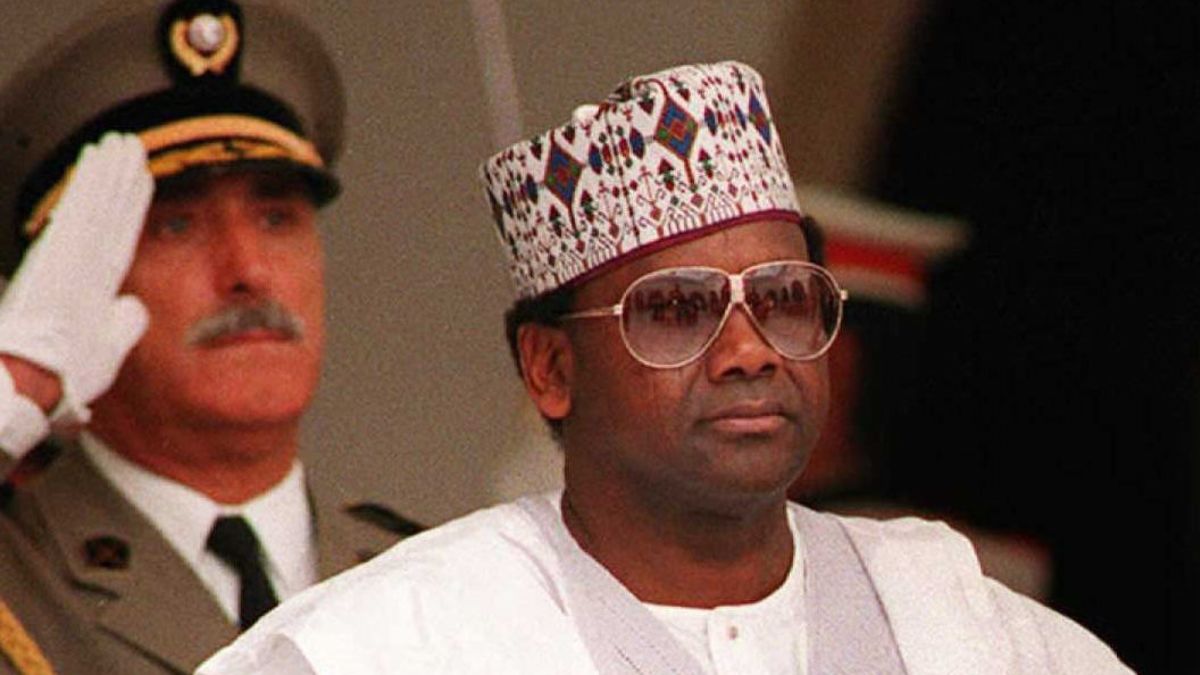LAGOS, Nigeria — Just days after President Bola Tinubu officially commissioned the first phase of the ambitious Lagos-Calabar Coastal Highway project, questions are mounting over the readiness of the road for public use, with reports confirming it remains largely closed to motorists due to ongoing construction.
At an elaborate ceremony on Saturday, 31 May, 2025, attended by political leaders, business figures, and government officials, Tinubu declared Section 1, Phase 1 of the highway—spanning 30 kilometres—open, describing it as a “symbol of courage and commitment.”
However, on-site assessments suggest that the road is not yet fully accessible.
One construction worker, who spoke anonymously, told BusinessDay that access has been restricted for safety reasons, particularly around sections near the Dangote Refinery and Eko Ekate where construction is still ongoing.
“It will be difficult to control traffic, and some motorists run at high speed even when approaching our construction site,” the worker said.
“Some portions of the road have not been completed, especially the area where we have a bridge,” he added.
“Those areas are motorable, but we are mindful of our workers on site.”
On Sunday, June 8, 2025, access was temporarily granted between 9 a.m. and 1 p.m., during which only motorcycle dispatch riders were seen using the road — reportedly making brisk business.
The temporary closures and limited access have stoked public frustration and renewed criticism of the government’s decision to commission the road before completion.
“Why the rush? Maybe somebody just wanted to shine. Why not wait till everything is done?” the worker queried.
The project, touted as one of the largest infrastructure investments in recent history, spans 750 kilometres and cuts across nine coastal states, including Lagos, Ogun, Ondo, Delta, Bayelsa, Rivers, Akwa Ibom, and Cross River.
Designed as a six-lane carriageway with a 60-metre corridor, the highway is expected to significantly reduce travel time and open up the coastal economy.
Yet, from its inception, the project has been mired in controversy, including questions over its staggering N15 trillion cost, the absence of an Environmental and Social Impact Assessment (ESIA), lack of competitive bidding, and a series of unresolved court cases.
In March, Minister of Works David Umahi confirmed that at least six legal actions had been filed against the project.
Nonetheless, construction has continued uninterrupted.
Just last week, the government came under renewed criticism after President Tinubu publicly described Gilbert Chagoury — the contractor handling the project through Hitech Construction Company — as a “partner,” prompting allegations of conflict of interest.
A faction of the pan-Yoruba socio-political group, Afenifere, has since called on the National Assembly to initiate impeachment proceedings against the president over what it described as an abuse of office.
Despite the backlash, the federal government remains optimistic.
Umahi, speaking earlier in March, assured that Phase One of the project would be completed by January 2026.
“I assure you that by January next year, God willing, we have this road completed,” he said, noting that the highway was “exceptionally technically well-designed,” with reinforced concrete pavements measuring 280 millimetres in thickness — slightly above the specified 275 millimetres.
According to on-site sources, the switch from asphalt to concrete is part of the strategy to enhance durability and speed up construction timelines.
“Oga, I tell you, when they open this road, people will enjoy it. Now, we have done it up to the Abraham Adesanya area, and going from Victoria Island to that area now does not take up to 30 minutes as against the normal two hours from CMS,” the worker said.







